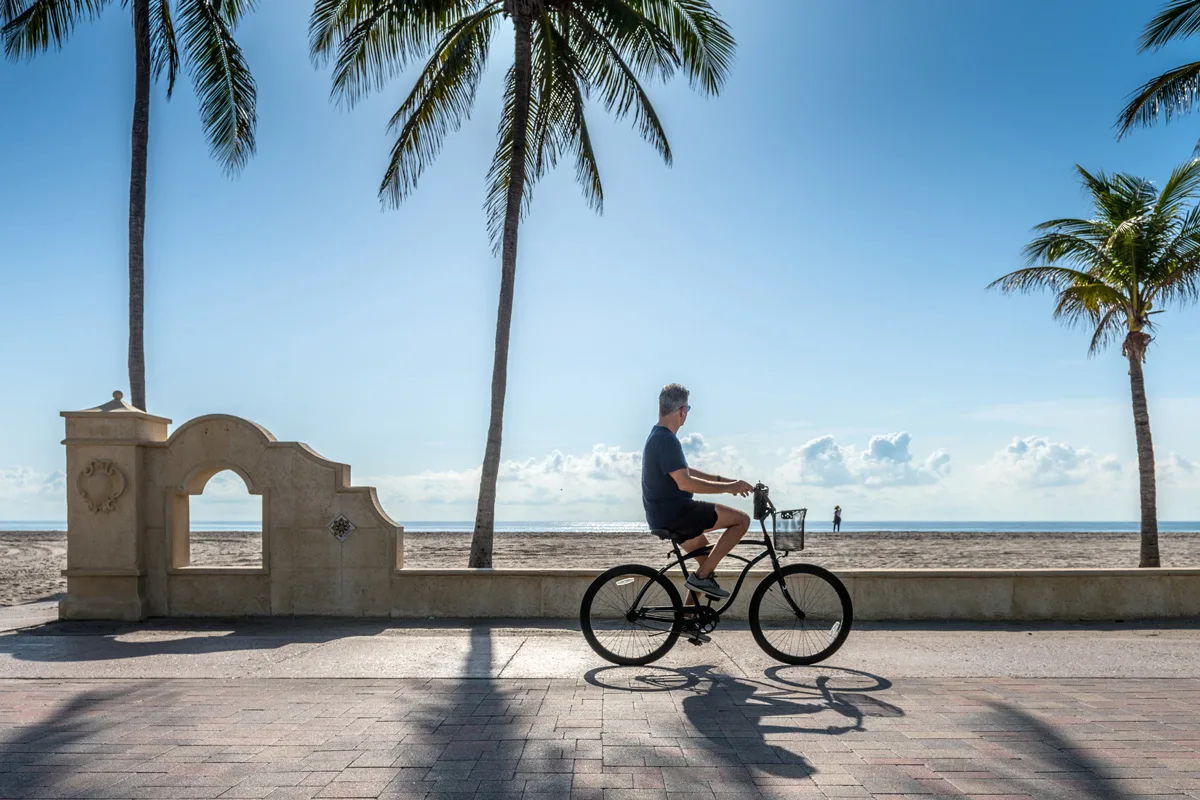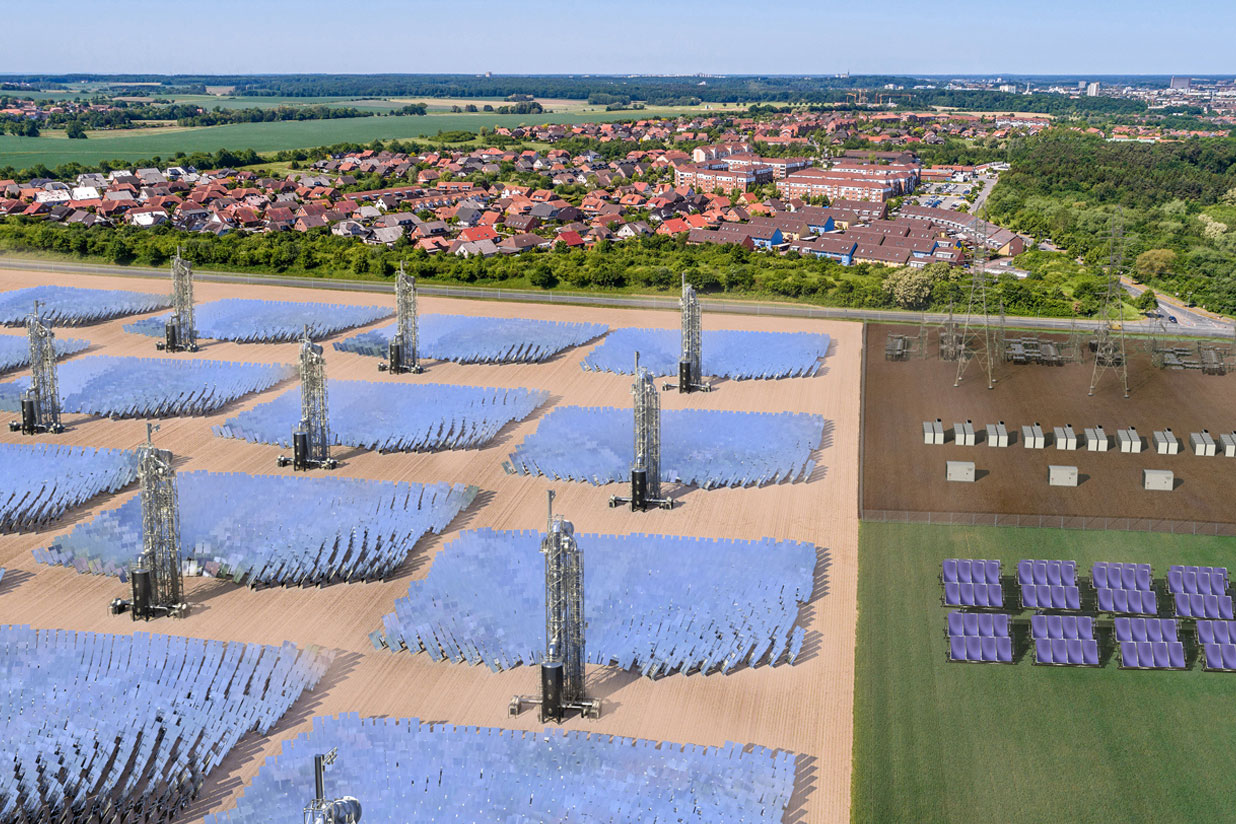Understanding global warming can often feel distant and abstract. To make climate change’s impact more tangible, researchers at MIT have introduced an innovative concept: “outdoor days.” This measure focuses on how many days each year in specific locations are ideal for outdoor activities like walking, playing sports, gardening, or enjoying al fresco dining, avoiding extremes of heat or cold.
A recent study from MIT compared the effects of climate change on various countries, revealing that while many regions in the Global South face significant reductions in outdoor days, certain Northern countries might see slight increases. Now, these researchers have turned their attention to the United States, dividing it into nine climatic regions, and revealing similar trends. For instance, states like Florida and parts of the Southeast are projected to experience a sharp decline in outdoor days, while regions in the Northwest may benefit from a modest increase.
The study also explored the link between changing climate conditions and economic activity, particularly in tourism. Florida, renowned for its welcoming climate, heavily relies on tourism. A noticeable decline in favorable outdoor days could make the state less appealing to both tourists and prospective residents.
Published this month in the journal Geophysical Research Letters, the research was led by Yeon-Woo Choi, Muhammad Khalifa, and Professor Elfatih Eltahir from MIT’s Civil and Environmental Engineering department.
Choi emphasizes the novelty of this approach to understanding climate change impacts beyond extreme events. “This method offers a way for people to grasp how climate changes affect their daily lives, rather than fixating on global averages or severe weather phenomena,” he explains. “I hope other researchers will embrace our model to further investigate how climate affects sociocultural activities.”
The researchers examined two contrasting climate scenarios: one that assumes significant reductions in greenhouse gas emissions and another viewed as a worst-case scenario where minimal action is taken, leading to accelerated global warming. They analyzed data from 32 different global climate models across both scenarios, finding consistent outcomes across the board.
Eltahir posits that reality is likely to be somewhere between ideal and worst-case scenarios. “I suspect we’re not taking as rigorous actions as envisioned in the low-emission version, nor are we completely neglectful as the high-emissions scenario implies,” he adds. “The truth may land somewhere in the middle by century’s end.”
The study reached back decades, contrasting data from 1961-1990 with 1991-2020. It also projected changes into the future, indicating profound regional disparities. Notably, Southeastern states are expected to lose a substantial number of outdoor days, affecting the quality of life and possibly hindering tourism and retirement attraction. “Climate change will significantly impact the Southeast’s outdoor day count,” asserts Eltahir.
Interestingly, the Northwest is projected to gain around 14% more outdoor days by the last three decades of this century, compared to the 1976-2005 period. Conversely, the Southwest anticipates an average decline of 23% in outdoor days.
The researchers also connected this data regarding outdoor days to economic vitality, utilizing visitation data from the U.S. National Park Service. “We found a strong correlation between outdoor day counts and tourist visits across the nation,” Choi states.
Although most of the U.S. may not see dramatic changes in the total annual outdoor days, a significant shift in the seasonal distribution of these days could occur. Rather than summertime dominating outdoor activity, warmer summers could shift preferences toward spring and fall.
In many ways, Eltahir indicates that what is expected in the future for most areas is already evident in Florida, where spring and fall are currently the more enjoyable seasons as summers can become too hot.
Recognizing that comfort levels can vary considerably, the research team has created an online tool that allows users to input their personal temperature preferences for outdoor activities. By adjusting the parameters, users can predict how their comfort levels might change based on climate models. For this study, the team focused on a temperature range of 10 degrees Celsius (50 degrees Fahrenheit) to 25 degrees Celsius (77 degrees Fahrenheit), representing a comfort zone without the need for heating or cooling.
The tool is designed primarily for temperature adjustments, but users can include factors like humidity and precipitation when defining their ideal outdoor day. Although air quality could also come into play, the researchers highlight that temperature typically plays the most significant role in outdoor comfort.
Eltahir believes this concept helps personalize climate change: “It helps dispel the misconception that climate change is an abstract issue that won’t impact us directly. Understanding outdoor days connects people’s everyday activities with climate science. I hope this awareness leads to informed and science-based climate policies.”
This research was supported by Community Jameel through the Jameel Observatory CREWSnet and the Abdul Latif Jameel Water and Food Systems Lab at MIT.
Photo credit & article inspired by: Massachusetts Institute of Technology



